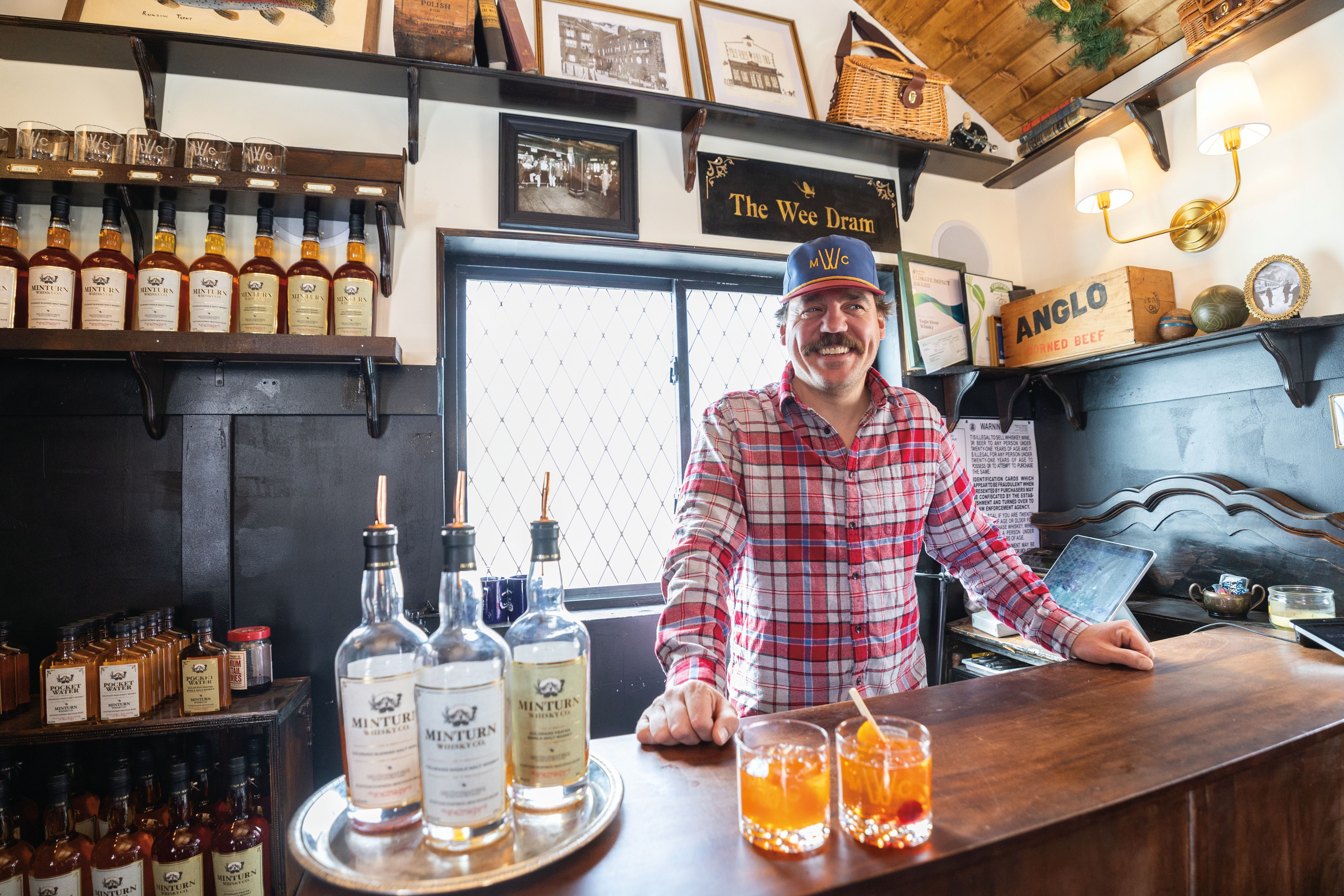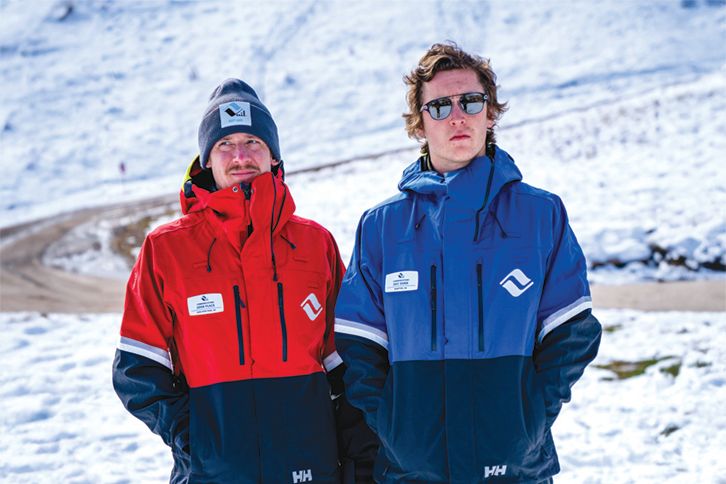Hyperbaric Oxygen Therapy Helps Olympian Recover

Olympian Nina O’Brien at NexGen Hyperbaric’s HBOT clinic at All Points North Lodge in Cordillera.
When Nina O’Brien crashed moments before finishing the Olympic giant slalom race in China this past February, the damage was gruesome. O’Brien had entered the second run in sixth place, with a realistic shot at medaling. But the fall snapped her left tibia, fibula, and ankle with such force that the bone stuck through her sock inside her boot—an image that still leaves her wondering how such a fracture is even possible.
In shock after sliding through the finish, O’Brien says she felt no pain, but she knew immediately that the trajectory of her career had been altered. “I think ‘heartbroken’ is probably the best word,” she recalls. “There’s the sadness of losing that day—and a ‘what if’ because I was sitting in sixth and felt like I had more to give—but also losing the rest of the season and staring down a long rehab process.”
It took four people to pry off O’Brien’s boot. She flew home from China a week later and underwent surgery at the Steadman Clinic in Vail. A 24-year-old technical prodigy whom some have called America’s next great female racer, O’Brien had until then avoided any injury more significant than a broken thumb. Suddenly, she was steeling herself for a six-month recovery process.
The prior summer, as she prepared for the Winter Olympics, O’Brien had incorporated hyperbaric oxygen therapy (HBOT), which can have wide-ranging benefits for elite and regular athletes alike, into her workout regimen. One of her sponsors is NexGen Hyperbaric, an HBOT provider with physical therapy clinics at Englewood’s Swedish Hospital and at All Points North Lodge in Cordillera, and O’Brien used the sessions to help her recover from grueling conditioning workouts. “Anytime I went, I noticed my resting heart rate would come down, and any swelling I was experiencing would come down, too,” she says.
Humans at sea level breathe around 20 percent oxygen normally; breathing 100 percent oxygen in a pressurized chamber has been shown to decrease edema (swelling) caused by fluid trapped in tissues and aids in bone healing and soft-tissue regrowth. After local surgeon Tom Hackett prescribed hyperbaric oxygen therapy as part of her rehab, O’Brien says she’s seen the same effects as last summer during her first two months of recovery from the crash—only now they’re amplified.
“My leg has been so swollen, and it’s tough to get that swelling out,” she says. “When I go into the chamber compared with when I come out two hours later, I’m like, OK, it looks more like a foot now! There’s also bone healing going on, but to me it’s most gratifying to see my foot and ankle reappear.”
O’Brien lived in Cordillera during her late teens, and her two younger brothers attended Vail Ski and Snowboard Academy (she went to Burke Mountain Academy in Vermont, Mikaela Shiffrin’s alma mater). As a Denver resident, she drives to Eagle County for follow-up orthopedic appointments and schedules HBOT sessions four or five times a week in the city. “We believe it’s going to cut down her recovery time significantly,” says NexGen CEO Jonathan Rotella, who lives in Beaver Creek.
While O’Brien was hospitalized in China after the crash, she often received encouraging messages from Shiffrin, who was dealing with Olympic disappointment of her own. “Mikaela was reaching out to me repeatedly,” O’Brien says. “I was still sending my whole heart out to her, and we exchanged some messages where I was like, Hang in there! and she was like, No, really, we’re all thinking of you.” O’Brien also received support from former Vail resident Lindsey Vonn and other US Ski Team alumni who had recovered from significant injuries in the past.
A senior at Dartmouth, O’Brien hopes to be back on snow by the fall and resume racing next winter. “That’s 100 percent my goal right now,” she says. “Trying to get stronger than I’ve ever been.”








































